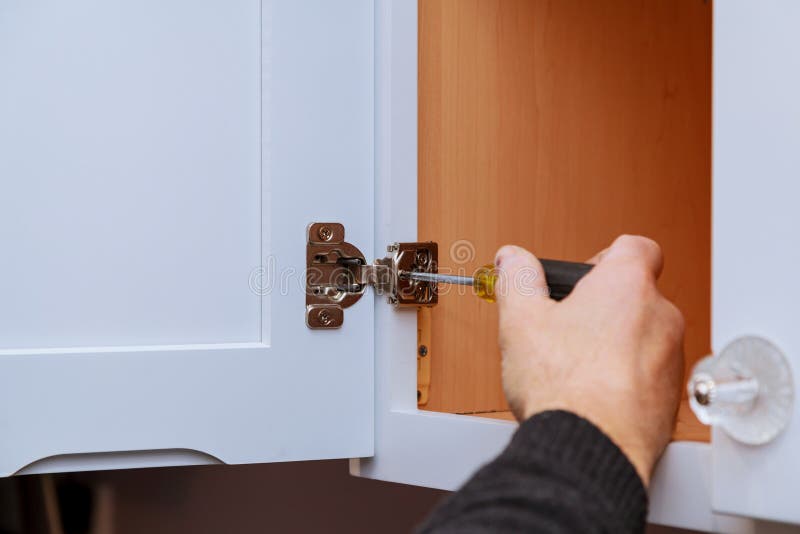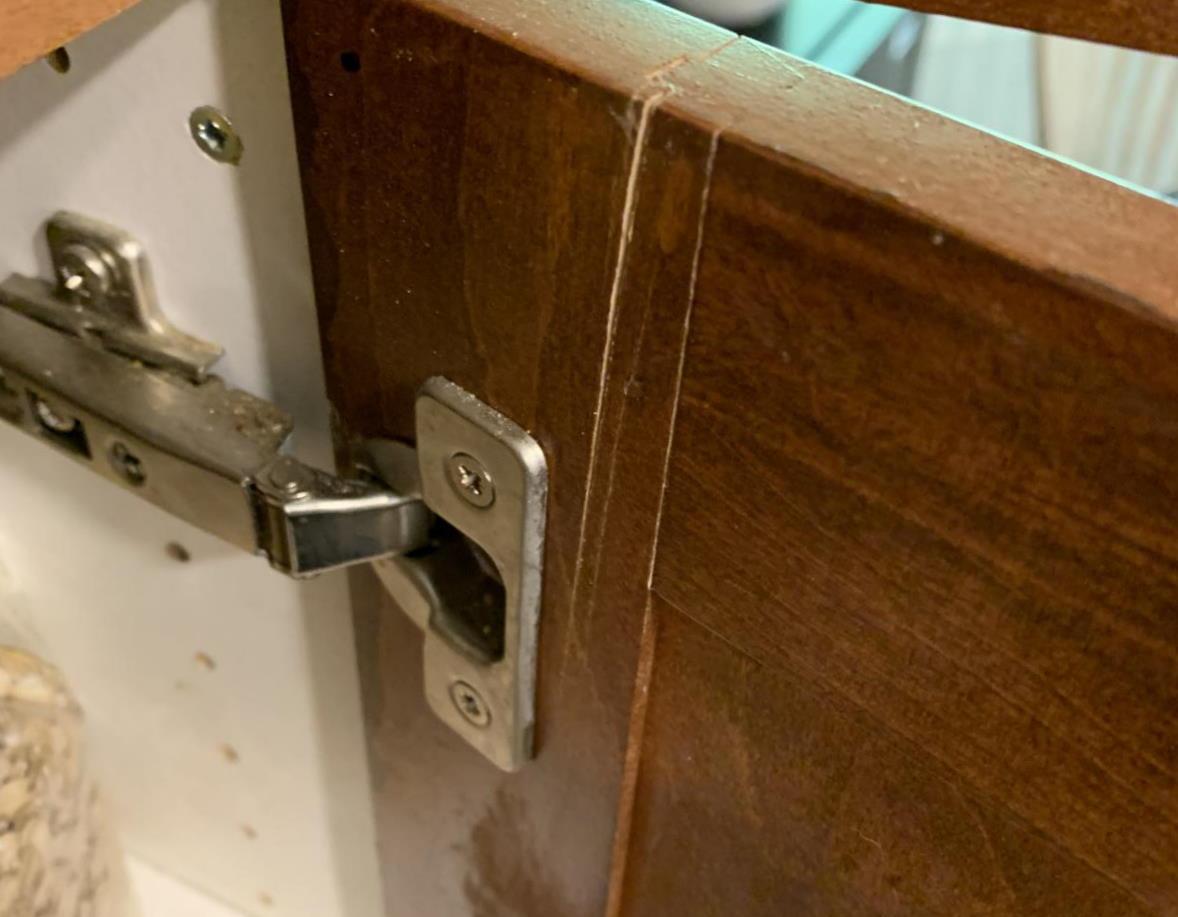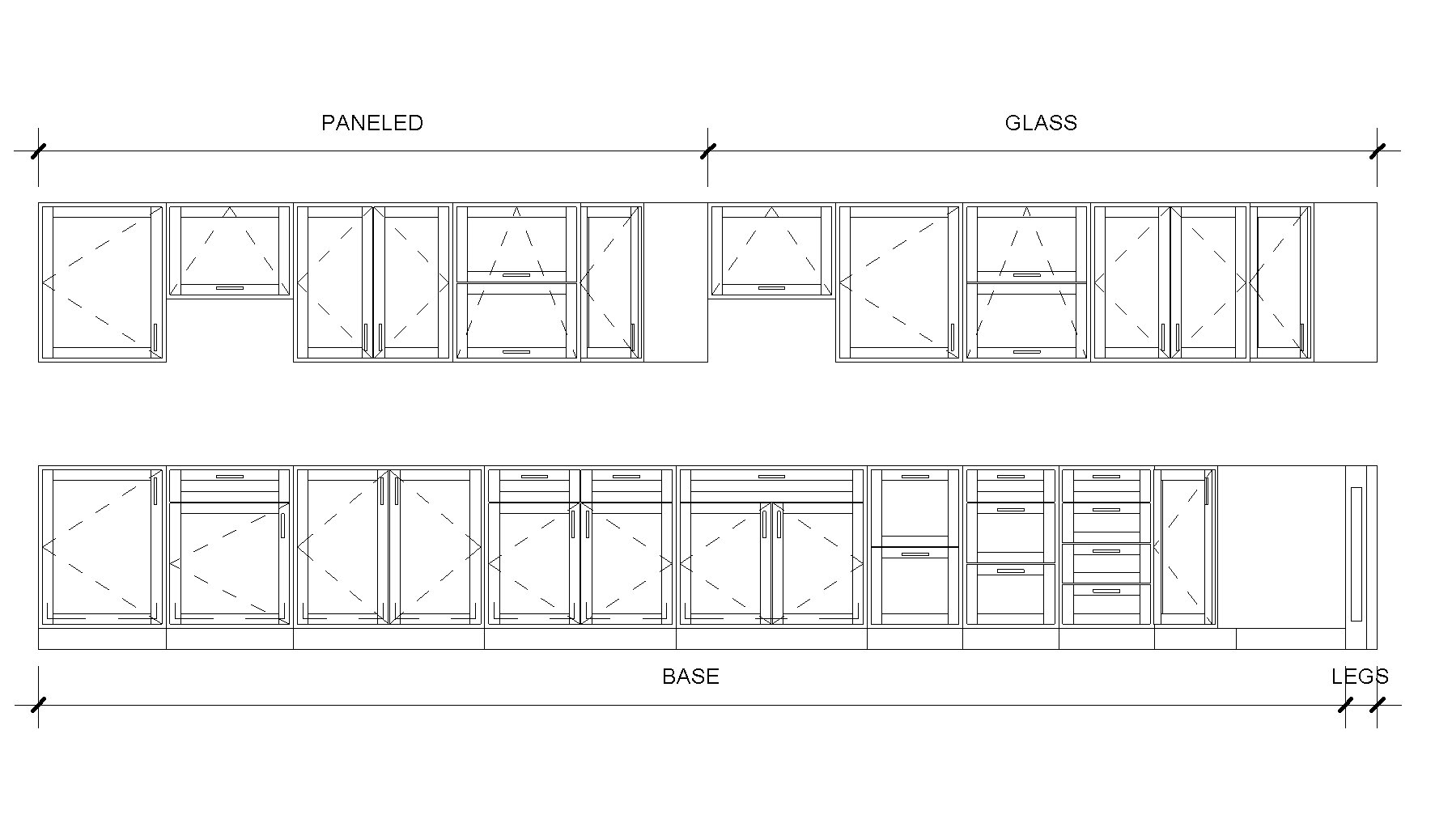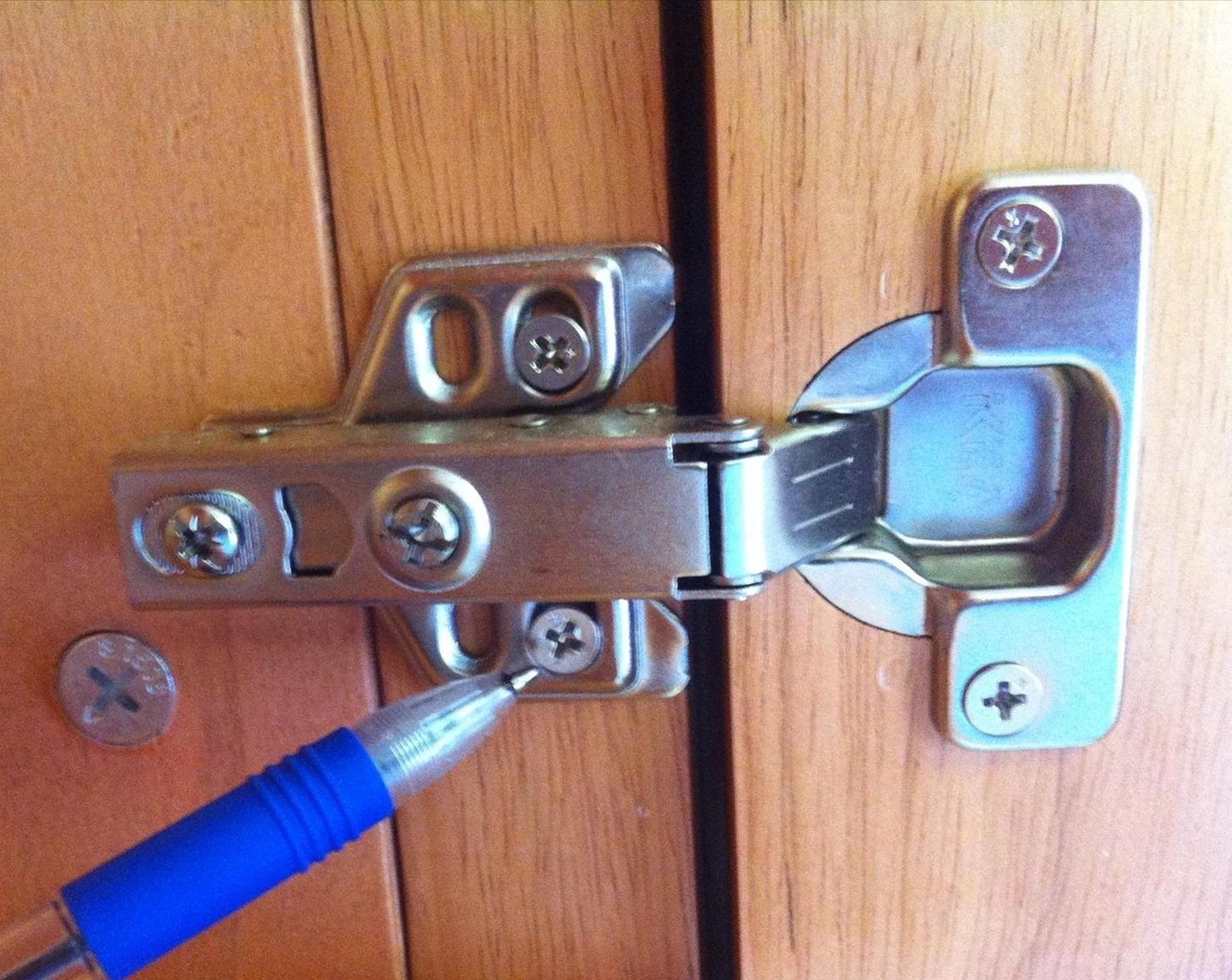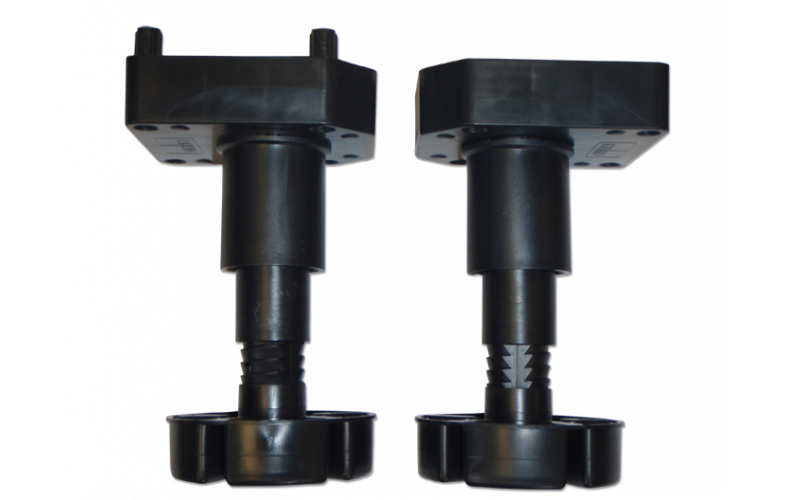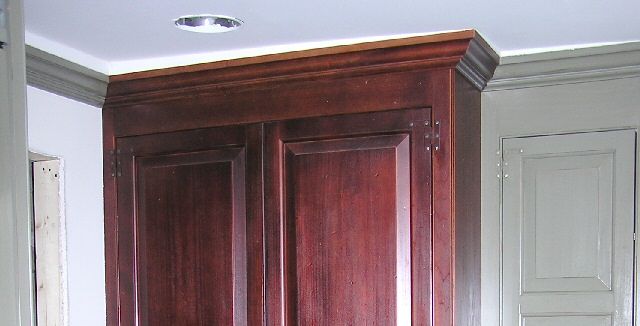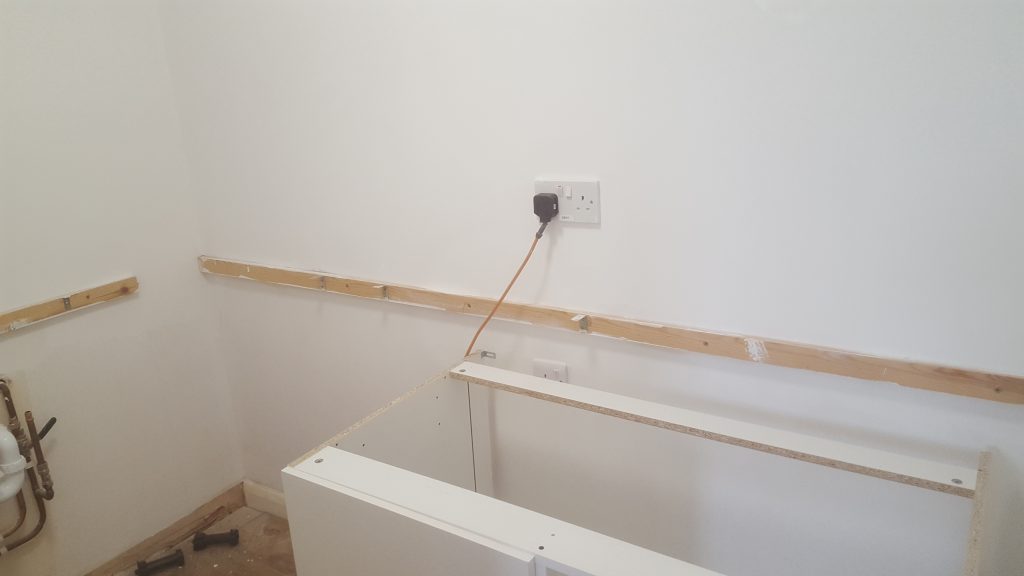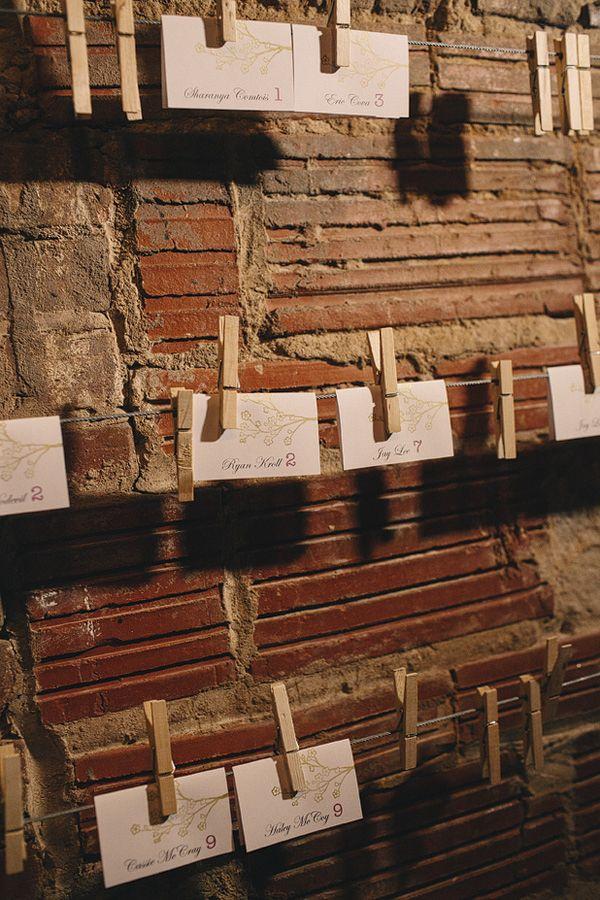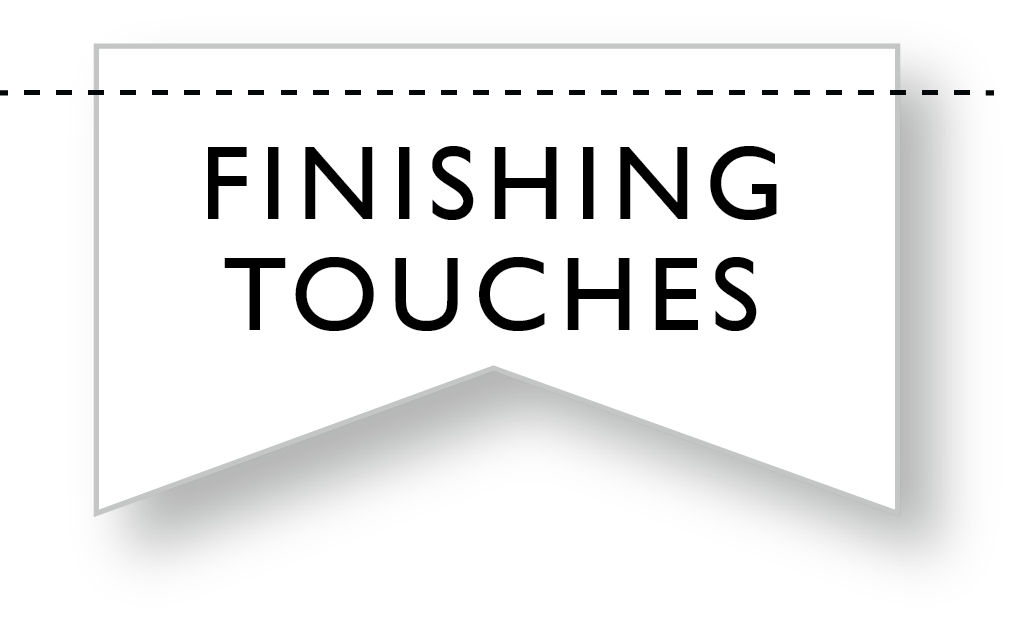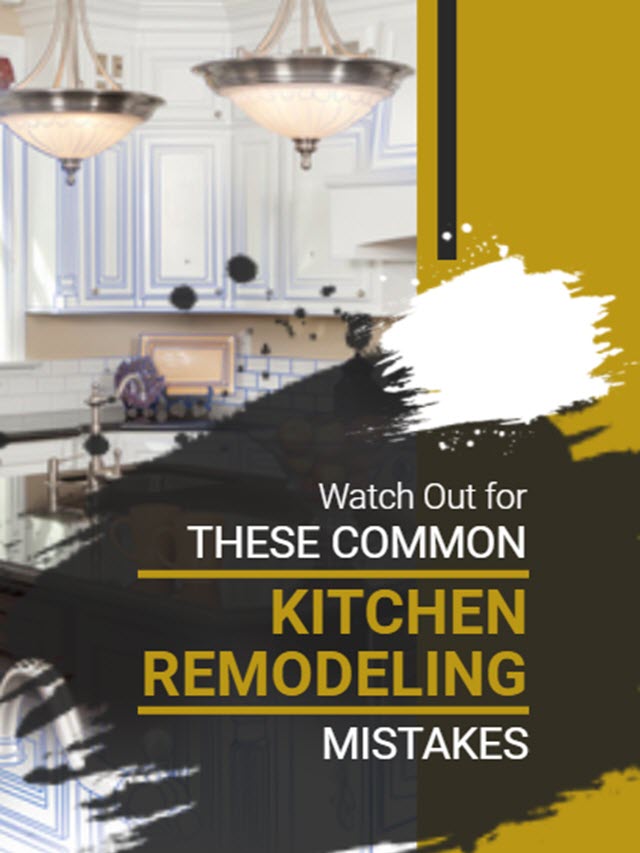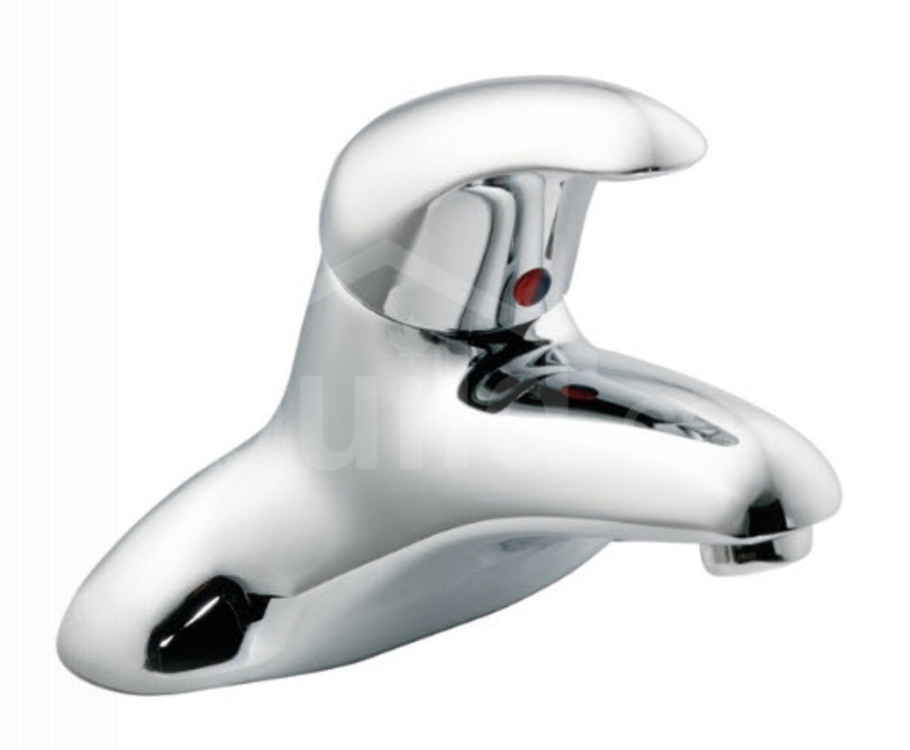If you're renovating your kitchen, you may come across the challenge of fitting kitchen units to an uneven wall. This can be a daunting task, but with the right tools and techniques, it can be done successfully. In this article, we will go over the top 10 tips for fitting kitchen units to an uneven wall.How to Fit Kitchen Units to an Uneven Wall
The first step to fitting kitchen units on an uneven wall is to properly install the cabinets. Start by measuring the wall and marking where the cabinets will go. Use a level to ensure the cabinets are straight and make any necessary adjustments before securing them to the wall.How to Install Kitchen Cabinets on an Uneven Wall
When dealing with an uneven wall, it's important to take your time and make precise measurements. Use a stud finder to locate the studs in the wall and mark them accordingly. This will help you determine where to place the cabinets and how to secure them properly.Tips for Fitting Kitchen Units on an Uneven Wall
To successfully fit kitchen units to an uneven wall, you will need a few essential tools. These include a stud finder, level, measuring tape, drill, screws, shims, and a saw. Having these tools on hand will make the job much easier and ensure a professional-looking finish.Tools Needed for Fitting Kitchen Units on an Uneven Wall
Before installing the cabinets, it's important to measure the wall and plan out the placement of the units. Use a measuring tape to ensure accurate measurements and make note of any uneven areas. It's also helpful to create a layout on paper before starting the installation process.Measuring and Planning for Uneven Walls
Once the cabinets are installed, you may notice that they are not completely level due to the uneven wall. To fix this, adjust the legs of the cabinets to even them out. Start by loosening the screws on the legs and use a level to determine which ones need to be adjusted. Once the cabinets are level, tighten the screws to secure them in place.Adjusting Cabinet Legs for Uneven Walls
If the cabinets are still not level after adjusting the legs, you can use shims to fill in any gaps. Shims are small, wedge-shaped pieces of wood that can be placed under the cabinets to level them out. Use a level to ensure the cabinets are straight and add shims as needed until they are level.Using Shims to Level Cabinets on Uneven Walls
Once the cabinets are level and in place, it's time to secure them to the wall. Use a drill to screw the cabinets into the studs, making sure to use the appropriate size screws for the weight of the cabinets. This will ensure that the cabinets are stable and won't come loose over time.Securing Cabinets to Uneven Walls
After the cabinets are installed, it's important to make sure they are properly aligned and any gaps are filled in. Use a caulking gun to fill in any spaces between the cabinets and the wall. This will give the cabinets a seamless look and prevent any food or debris from getting trapped in the gaps.Finishing Touches for Uneven Walls
One of the most common mistakes people make when fitting kitchen units to an uneven wall is not taking the time to properly measure and plan. This can lead to crooked cabinets and a sloppy-looking finish. Another mistake is not using the right tools, which can make the job much more difficult than it needs to be. In conclusion, fitting kitchen units to an uneven wall can be a challenging task, but with the right tools and techniques, it can be done successfully. Take your time, make precise measurements, and use shims to level out any uneven areas. By following these tips, you can achieve a professional and seamless finish for your kitchen cabinets.Common Mistakes When Fitting Kitchen Units to Uneven Walls
Fitting Kitchen Units to Uneven Walls: Tips and Tricks
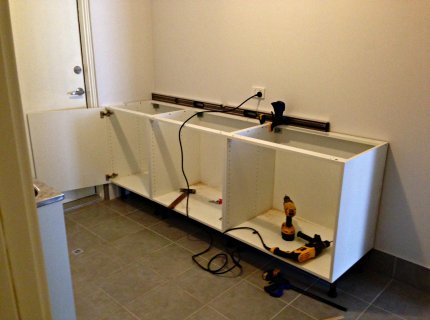
Introduction
 When designing a kitchen, one of the most important elements is the placement of the kitchen units. Not only do they need to be functional and accessible, but they also need to be aesthetically pleasing. However, this can be a challenge if you are dealing with uneven walls. Uneven walls can be caused by a variety of factors, such as settling or poor construction. But don't worry, with the right techniques and tools, you can still achieve a perfectly fitted kitchen. In this article, we will discuss some tips and tricks for fitting kitchen units to uneven walls.
When designing a kitchen, one of the most important elements is the placement of the kitchen units. Not only do they need to be functional and accessible, but they also need to be aesthetically pleasing. However, this can be a challenge if you are dealing with uneven walls. Uneven walls can be caused by a variety of factors, such as settling or poor construction. But don't worry, with the right techniques and tools, you can still achieve a perfectly fitted kitchen. In this article, we will discuss some tips and tricks for fitting kitchen units to uneven walls.
Assess the Situation
 The first step to fitting kitchen units to uneven walls is to assess the situation. Take a close look at the walls and determine the extent of the unevenness. Is it a small bump or a major slope? This will help you determine the best course of action. You can use a level or a straightedge to get a more accurate measurement. It's important to note that not all walls are perfectly straight, so a certain level of unevenness is to be expected. However, if the unevenness is significant, you may need to take additional steps to ensure a proper fit.
The first step to fitting kitchen units to uneven walls is to assess the situation. Take a close look at the walls and determine the extent of the unevenness. Is it a small bump or a major slope? This will help you determine the best course of action. You can use a level or a straightedge to get a more accurate measurement. It's important to note that not all walls are perfectly straight, so a certain level of unevenness is to be expected. However, if the unevenness is significant, you may need to take additional steps to ensure a proper fit.
Adjusting the Cabinets
 One way to deal with uneven walls is by adjusting the cabinets themselves. This can be done by using shims or leveling legs. Shims are small, wedge-shaped pieces of material that can be inserted between the cabinet and the wall to even out any gaps. They are especially useful for small bumps or dips. Leveling legs, on the other hand, are adjustable feet that can be used to raise or lower the cabinet to match the unevenness of the wall. This is a great option for larger slopes or unevenness.
One way to deal with uneven walls is by adjusting the cabinets themselves. This can be done by using shims or leveling legs. Shims are small, wedge-shaped pieces of material that can be inserted between the cabinet and the wall to even out any gaps. They are especially useful for small bumps or dips. Leveling legs, on the other hand, are adjustable feet that can be used to raise or lower the cabinet to match the unevenness of the wall. This is a great option for larger slopes or unevenness.
Trimming and Sanding
 Another way to deal with uneven walls is by trimming or sanding the cabinets to fit. This method is best used for walls with a slight slope or unevenness. You can use a saw or sander to carefully remove small portions of the cabinet that are causing the misalignment. This may require some trial and error, so it's important to measure and check the fit frequently. Be sure to use proper safety precautions when using power tools.
Another way to deal with uneven walls is by trimming or sanding the cabinets to fit. This method is best used for walls with a slight slope or unevenness. You can use a saw or sander to carefully remove small portions of the cabinet that are causing the misalignment. This may require some trial and error, so it's important to measure and check the fit frequently. Be sure to use proper safety precautions when using power tools.
Professional Help
 If you are dealing with a significant amount of unevenness or are unsure of how to properly fit the cabinets yourself, it's always best to seek professional help. A professional contractor or carpenter will have the experience and tools necessary to properly fit kitchen units to uneven walls. They can also help identify any underlying issues that may be causing the unevenness and fix them accordingly.
If you are dealing with a significant amount of unevenness or are unsure of how to properly fit the cabinets yourself, it's always best to seek professional help. A professional contractor or carpenter will have the experience and tools necessary to properly fit kitchen units to uneven walls. They can also help identify any underlying issues that may be causing the unevenness and fix them accordingly.




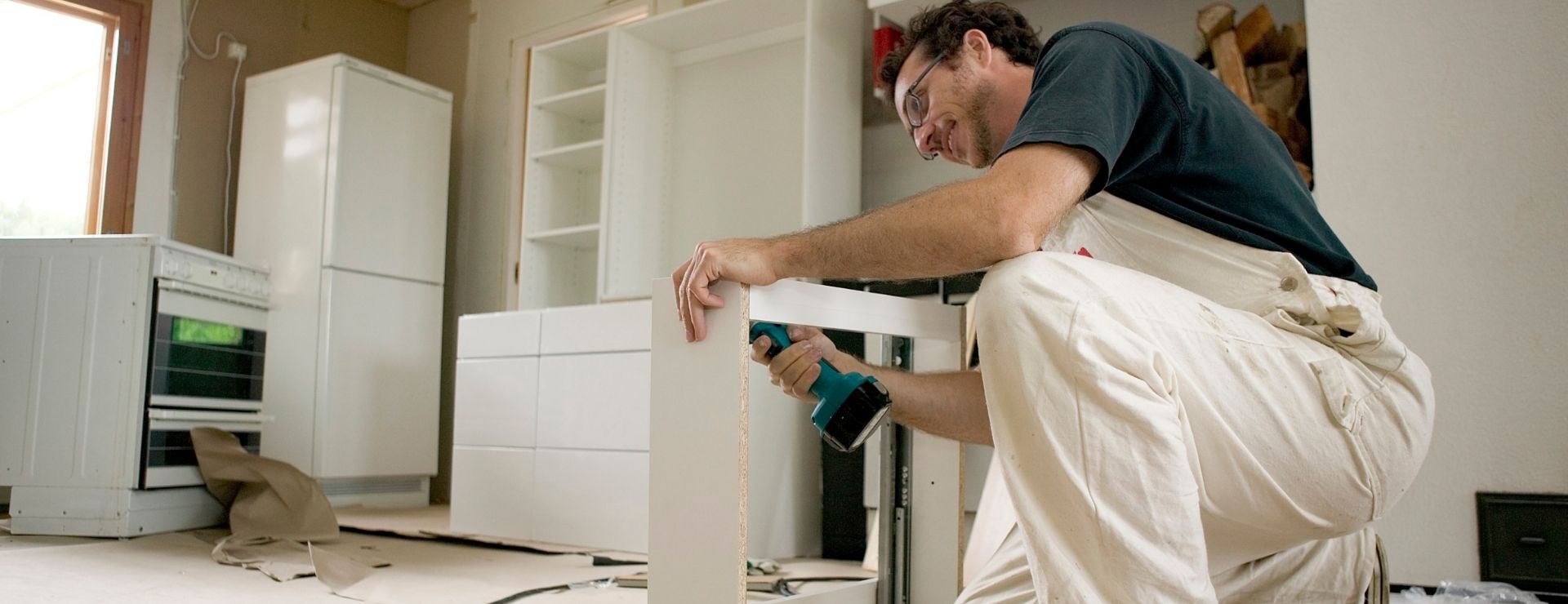



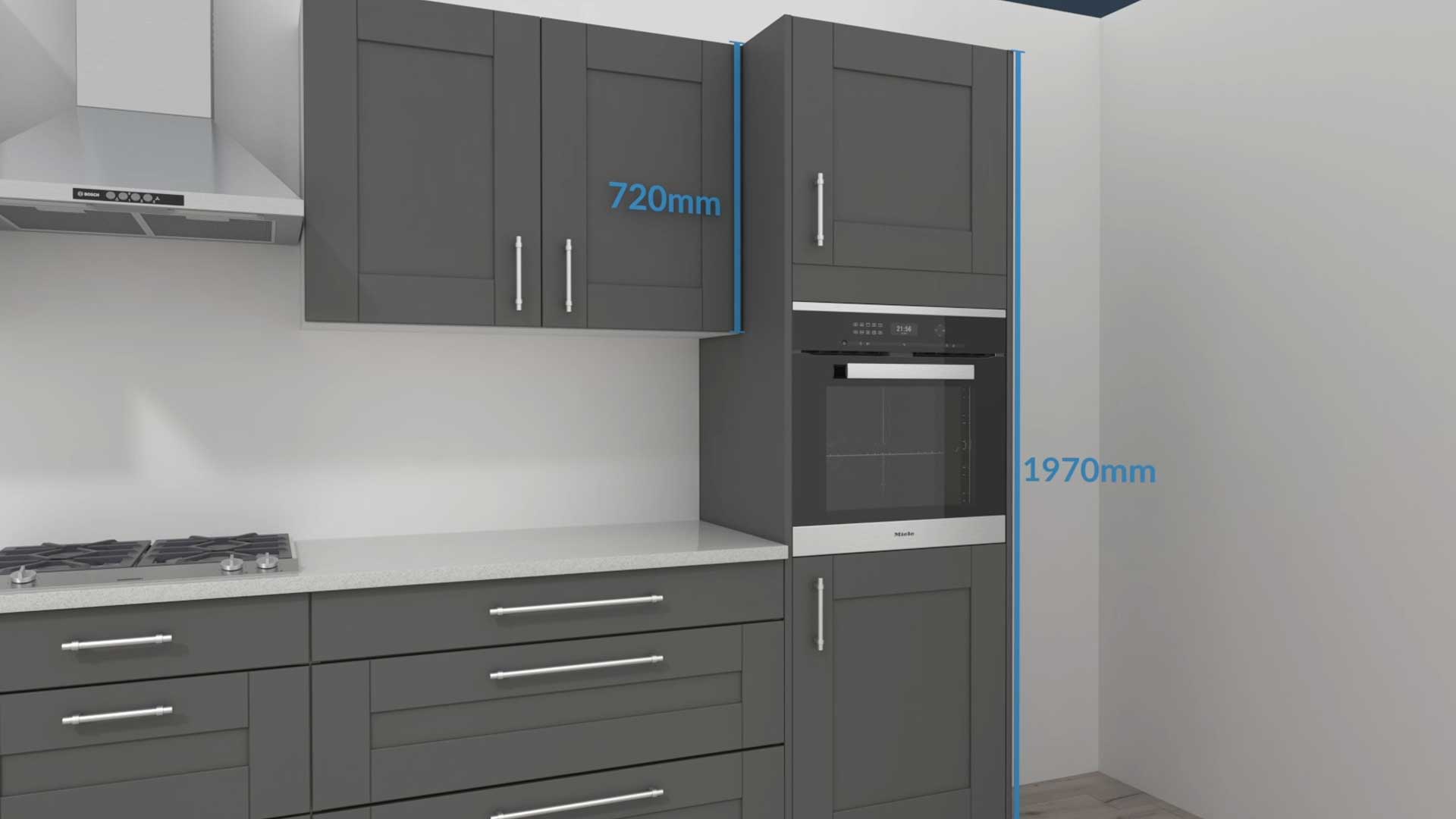





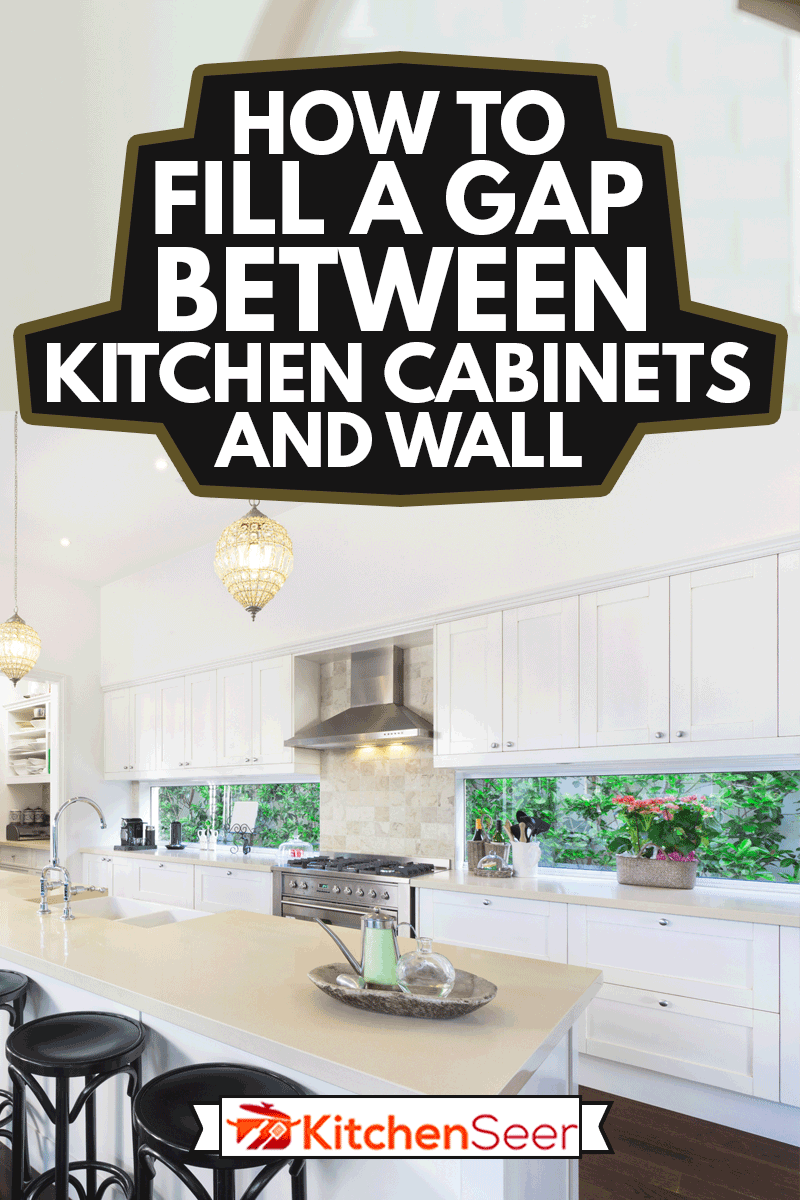
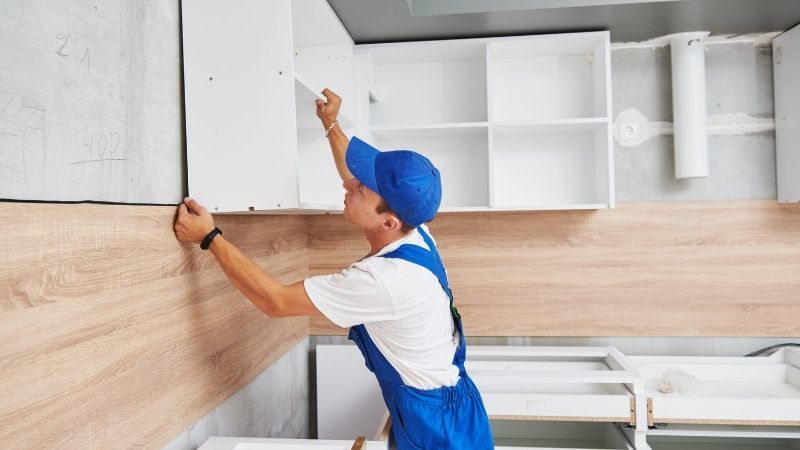



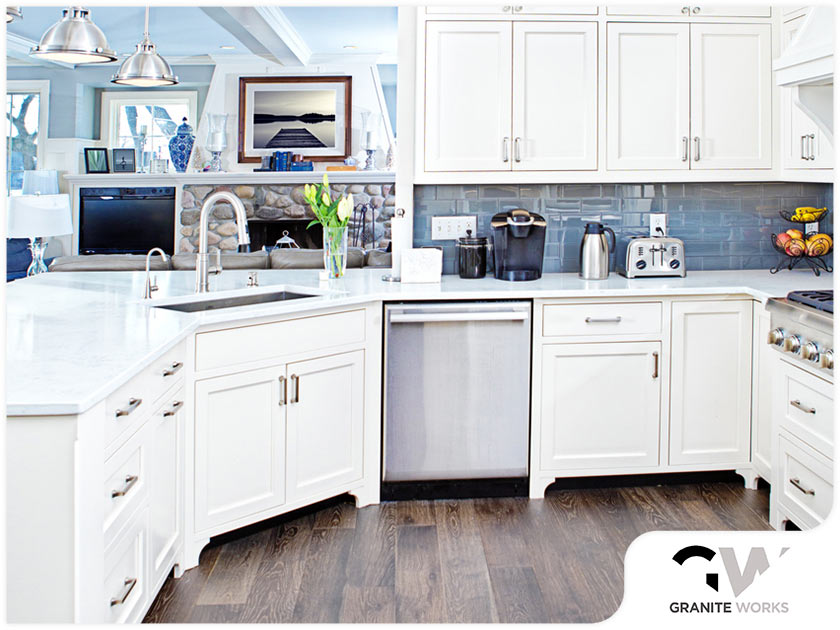


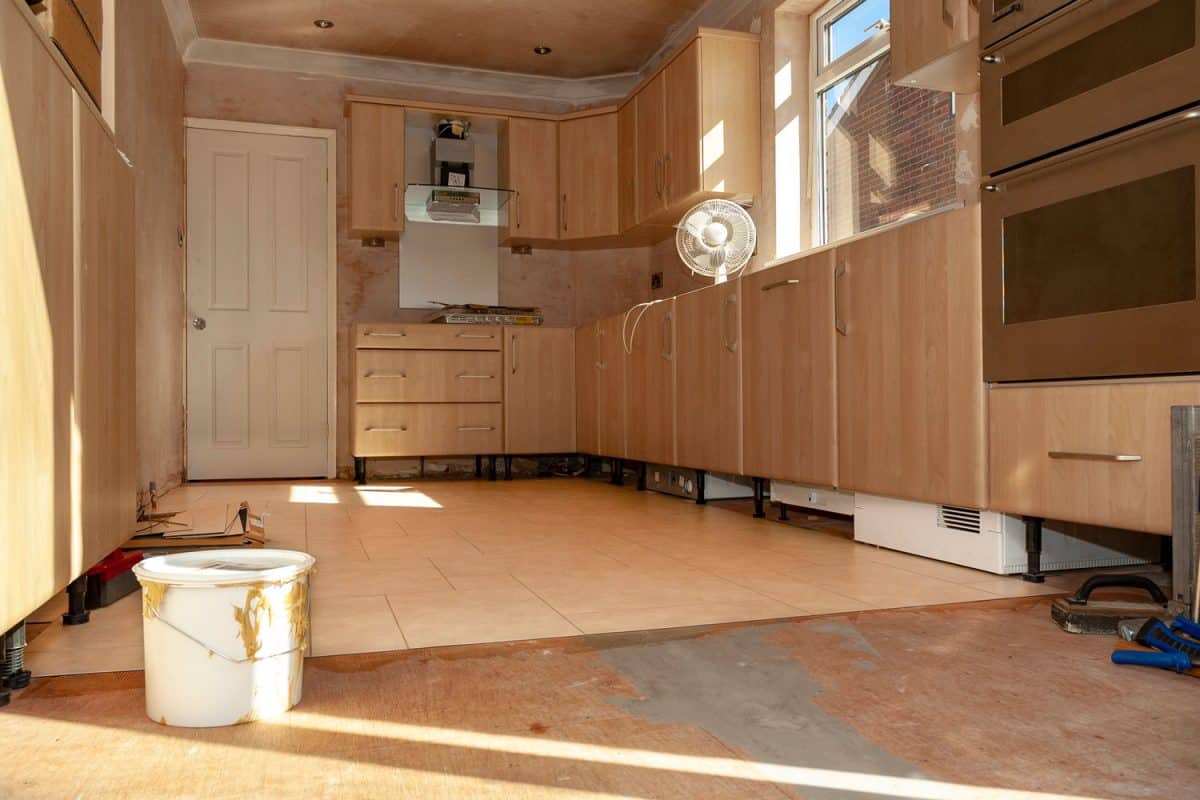
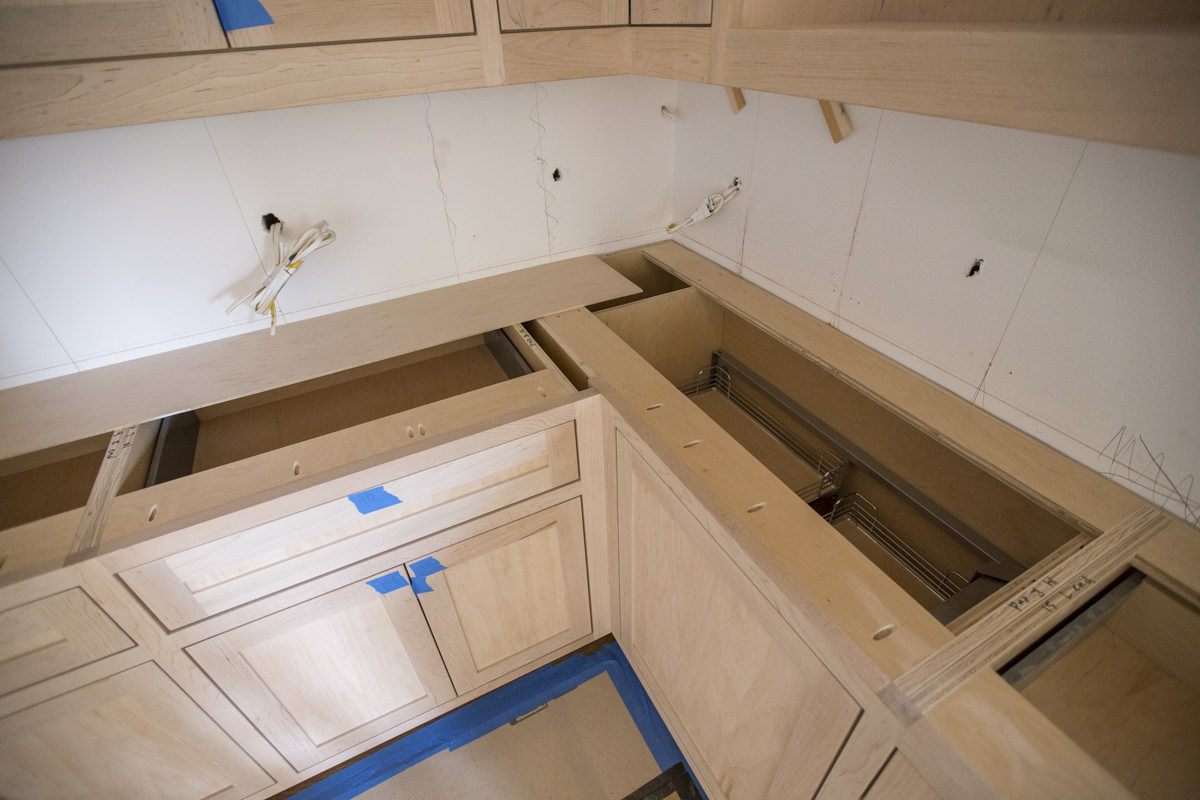





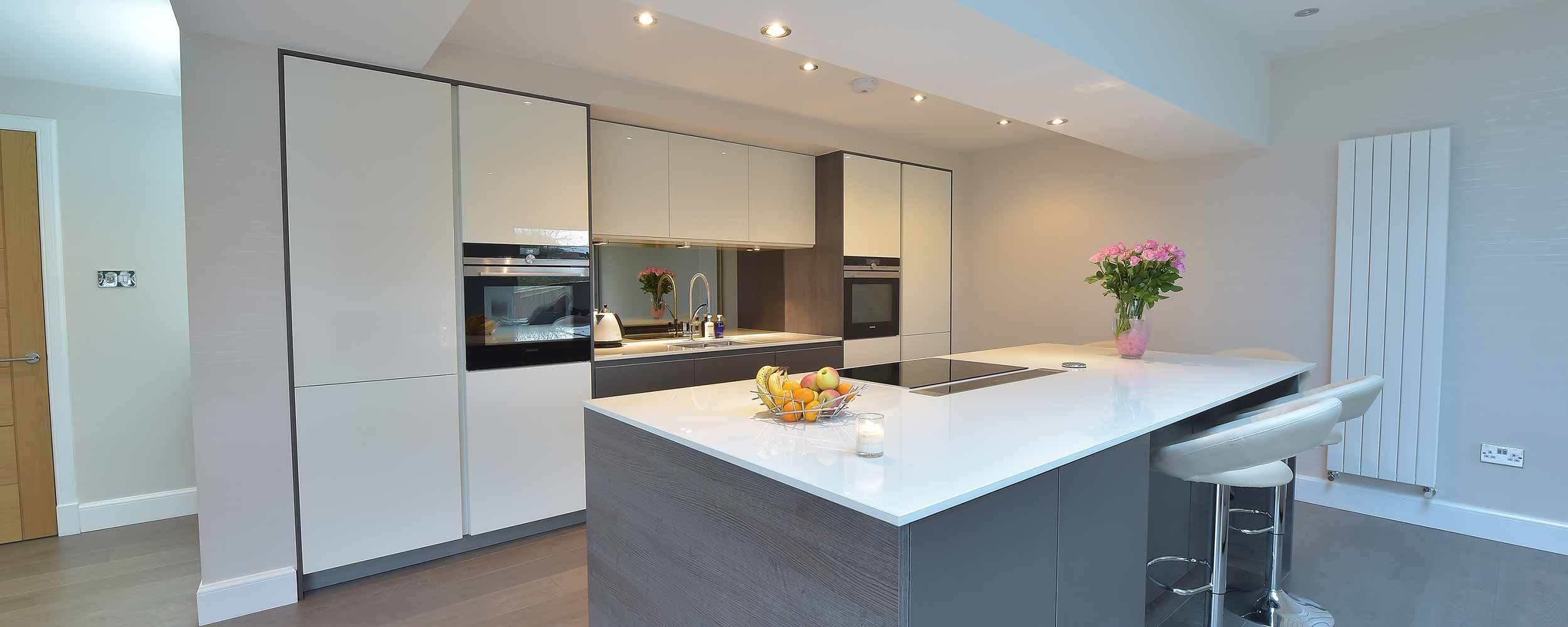
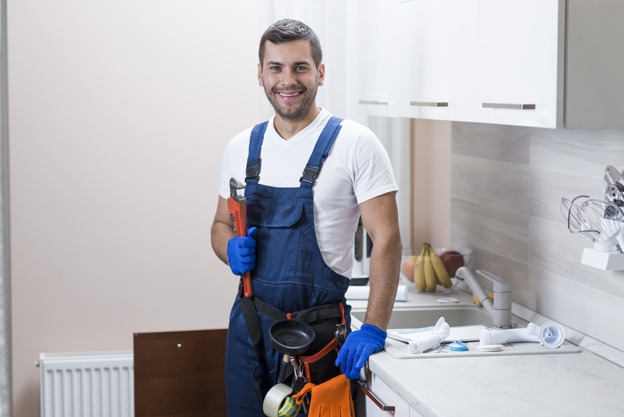




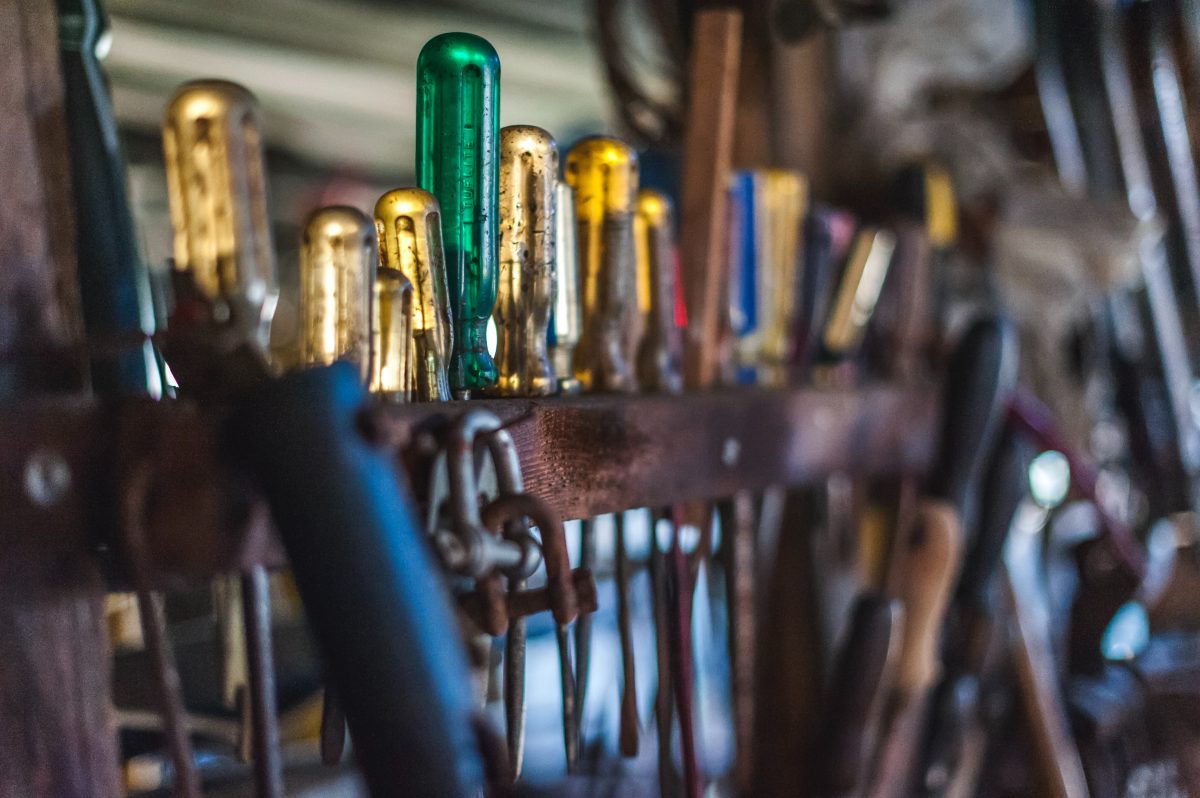







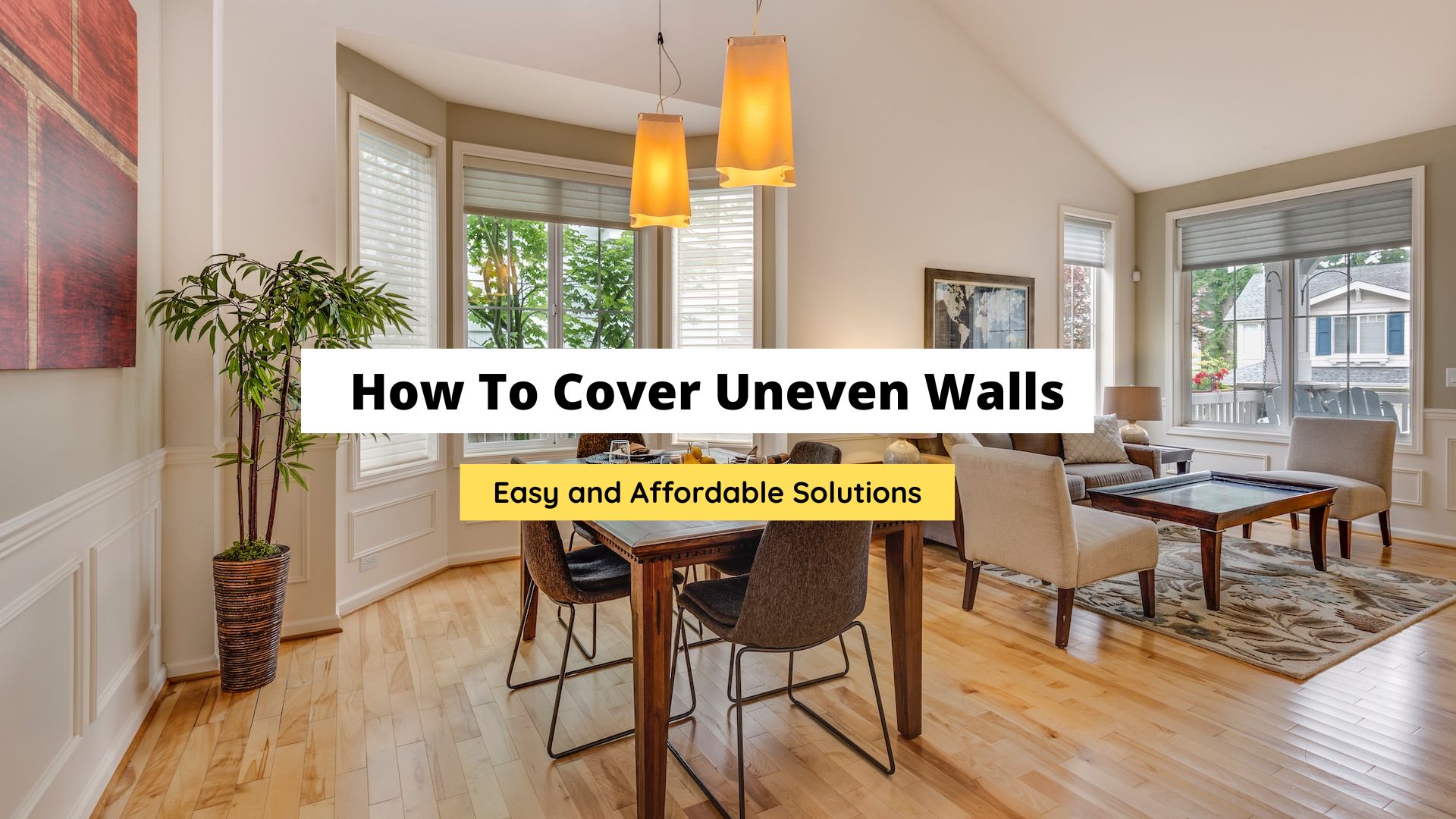
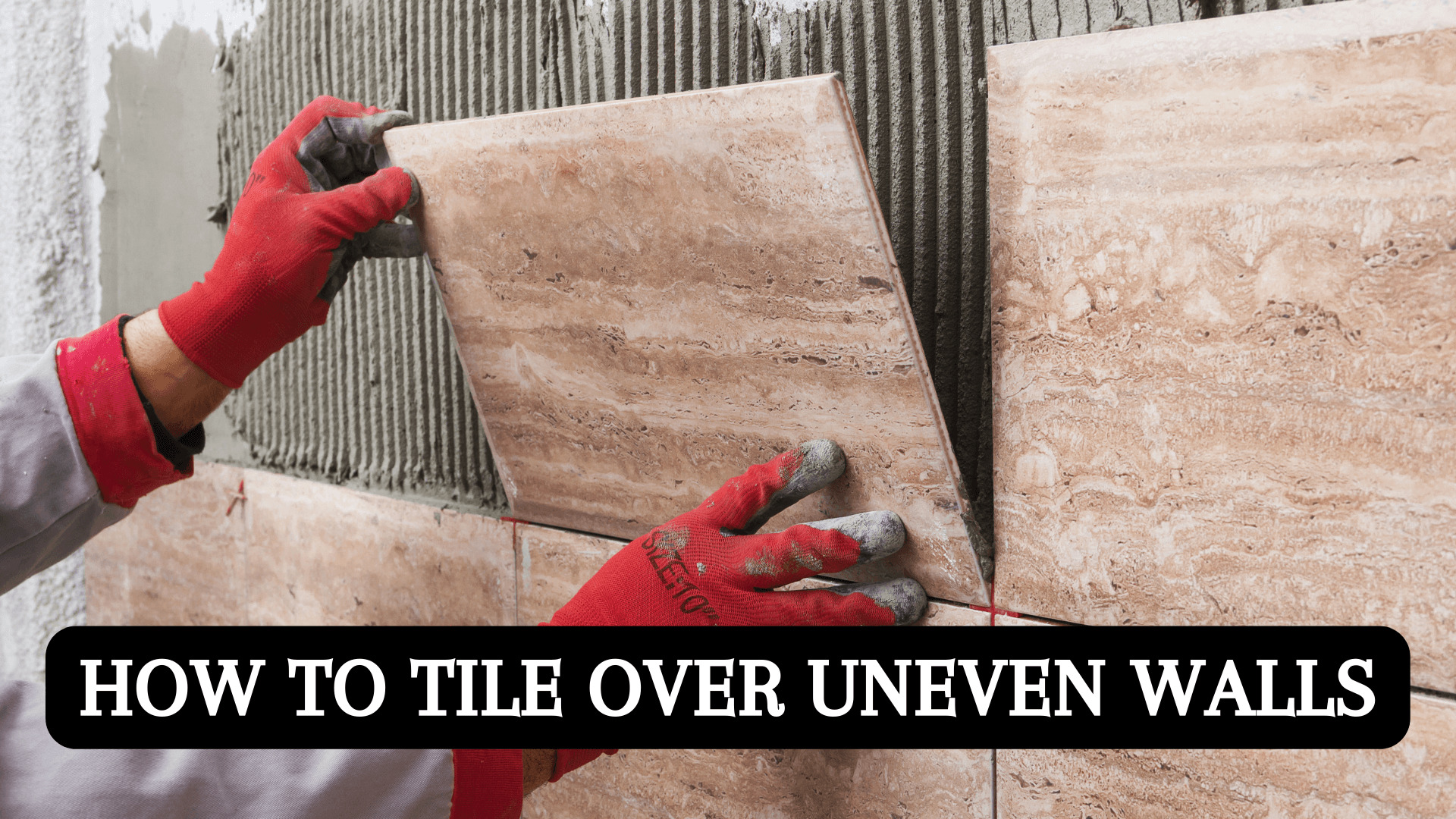





:max_bytes(150000):strip_icc()/how-to-adjust-cabinet-hinges-1822181-01-9518583bf0374f2a8d3b87cadd5fc25f.jpg)
